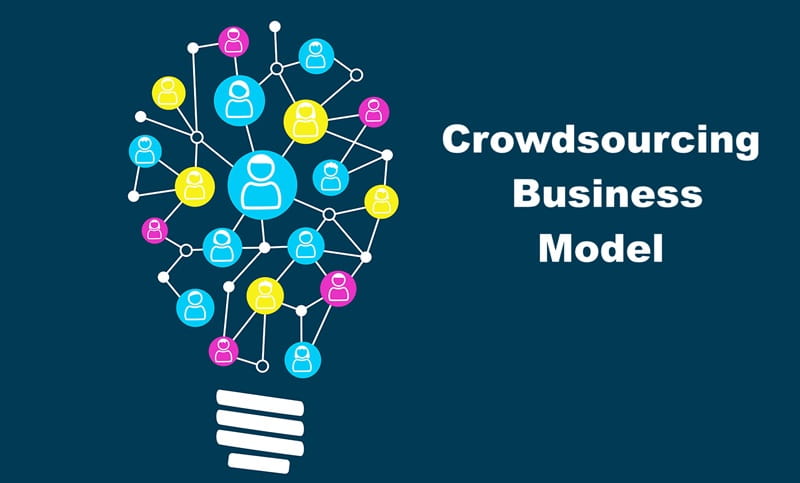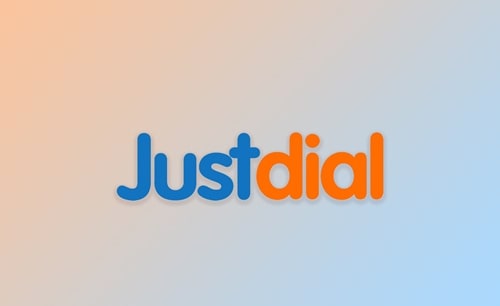Instead of relying only on employees or a small group of experts, companies reach out to the wider public and gather their skills, creativity, and knowledge in the crowdsourcing business model. No doubt in the fact that businesses have always looked for new and unique ways to generate wealth by solving problems and engaging with people. With the crowdsourcing business model, they can get the desired results using a large audience.
Crowdsourcing is not a new idea; it is used by most start-ups, established companies, NGOs, and surveyors for various reasons. With the help of a large crowd, it becomes easier to access large talent for a faster solution at a low cost. Even though this idea of crowdsourcing is widely used around the world as an affordable option, there are multiple challenges attached to it. To understand the topic on a broader scale, we will focus on a clear definition, some popular examples, advantages, and disadvantages.

Crowdsourcing Business Mode – An Easy Definition with Explanation
Crowdsourcing business strategy relies on outsourcing the task, idea, or service to a large group of people instead of getting the same thing done from a small in-house team. In this strategy, contributors come from various categories, and they can be volunteers, freelancers, customers, or just people with an interest in taking part.
As you can see, the idea is simple and straightforward. All this starts with the company posting a challenge or request for people to respond with their views, ideas, and input. Then the company focuses on the best results and works on that idea. Meanwhile, whoever has the best response gets a reward in exchange. The rewards vary based on the company, type of contribution, and more.
In most cases, the reward is money, but it can be recognition, discounts, or employment for the winner. For example, a business may ask for people to design a logo as a challenge, and hundreds of designers may participate and send their work. After the given time period ends, the company finds the best one that fits their narrative and rewards the winner.
The company gets to find new ideas, doesn’t deal with any design agency, and gets the work done for affordability. At the same time, the same challenge helps in getting exposure.
Type of Crowdsourcing
Crowdsourcing can be of various forms and types based on what the business wants to achieve. The following are some common types:
- Crowdfunding – As the name suggests, crowdfunding is all about raising money from a large number of contributors for a project, idea, or business.
- Crowd Creation – When creative people come together for something like blogs, videos, music, or art, it is called crowd creation.
- Crowd Voting – To take an opinion about a product or service, crowd voting is widely preferred to ensure the company is moving in the right direction. Crowd voting helps businesses align with customers’ requirements.
- Crowd Problem- Many companies sometimes have issues solving a problem that requires a creative solution. In such a situation, many companies post the problem as a challenge and reward the person who finds the best solution to it. Sites like Innocentive connect businesses with problem-solvers across the world.
- Crowd Testing – Before releasing the final version of a product or service, many companies offer crowd testing and take feedback to ensure that people like the product.
There are many more types, but these are the common types that you can find all around.
Examples of Crowdsourcing Business Model
Several companies have shown the potential of the crowdsourcing business model and how this strategy can help on a broader scale. Here are some top examples:
- Wikipedia – An online encyclopaedia built by millions of volunteers who write and edit articles.
- Kickstarter – A crowdfunding platform where people back creative projects in exchange for rewards.
- Threadless – A clothing brand that prints community-voted designs from independent artists.
- Lego Ideas – A platform where fans submit Lego set designs, with popular ones turned into real products.
- Waze – A navigation app powered by real-time traffic updates from its users.
These examples show how different industries use crowdsourcing to gather ideas, solve problems, and build stronger connections with people.
Advantages of the Crowdsourcing Business Model
Crowdsourcing has shown various advantages to society, whether for the good of humankind, customers, or in decision-making. Crowdsourcing is helpful for businesses of all sizes. Here are some key benefits:
1. Access to Diverse Talent
Businesses get access to a wide variety of skills, perspectives, and creativity as a company opens its project to the public. Most people coming from different backgrounds bring out-of-the-box ideas that the internal team might not have considered at all.
2. Cost Saving
Instead of hiring experts or multiple employees, going with a crowdsourcing business model is an efficient option. The person who gives the best response gets exposure, reward money, and a lot more in the challenge. On the other hand, the same strategy saves money for the business.
3. Faster and Effective Solution
To find an effective solution in the shortest timespan, crowdsourcing engages talented people on the same job, which could have taken lots of time. Due to this, finding an effective solution in less time becomes possible.
4. Customer Engagement and Business Exposure
Think of a smartphone brand asking for the best overall design and top features in the smartphone. Many people will participate, which will generate engagement, improve brand exposure, and offer some of the new ideas with information about what the public really wants.
Disadvantages of the Crowdsourcing Business Model
Although crowdsourcing is powerful, it also comes with challenges. To understand these challenges, you can look at some of the disadvantages:
1. Quality Control
Not all submissions will be useful or high quality. Some may be incomplete, unrealistic, or copied from elsewhere. Companies need systems to review and filter contributions.
2. Intellectual Property Issues
Ownership of ideas can be a gray area. If someone submits a design, who owns the rights? Without clear rules, disputes may arise between contributors and companies.
3. Risk of Negative Response
If participants feel that their ideas are ignored or undervalued, it can create frustration. Poorly managed crowdsourcing campaigns may lead to criticism or harm to brand reputation.
Final Words
The crowdsourcing business model allows companies to tap into the creativity, skills, and knowledge of a large group of people. From Wikipedia to Lego Ideas, examples show how successful it can be when managed properly.



